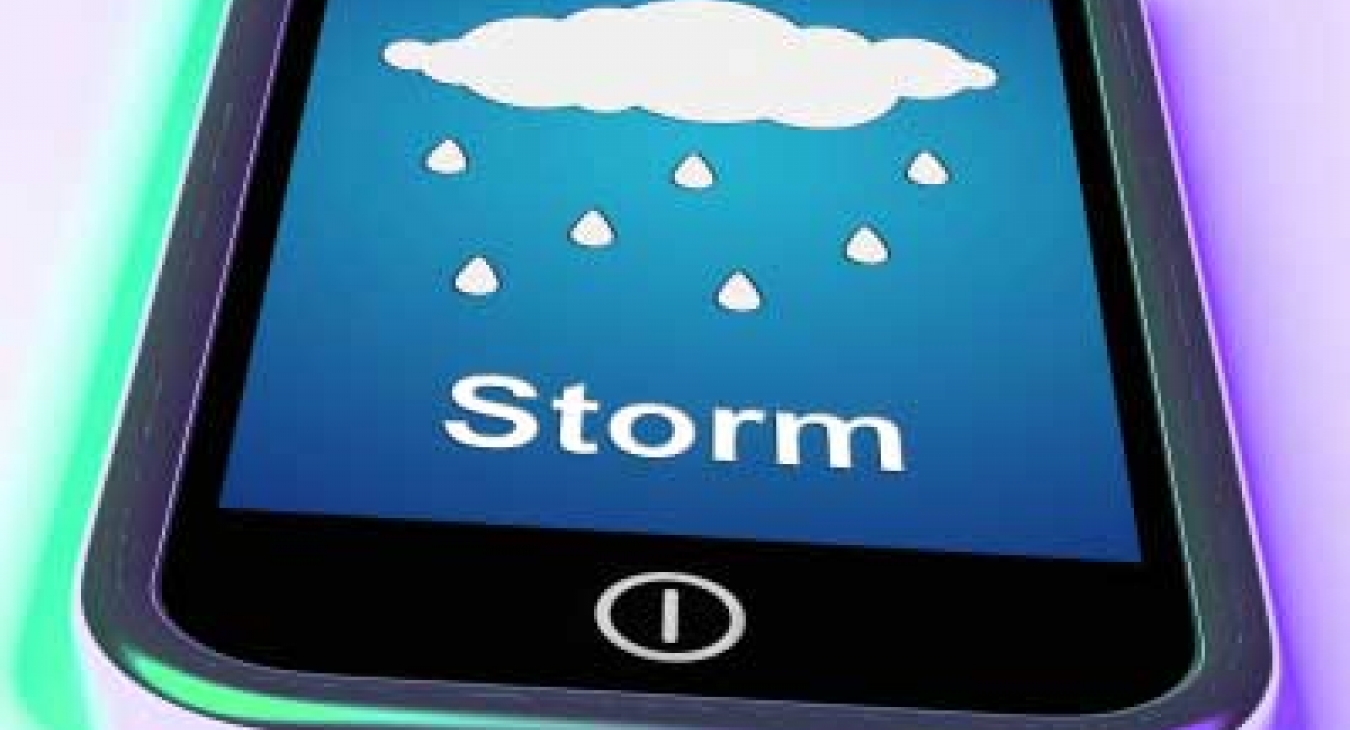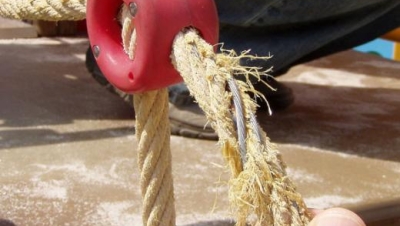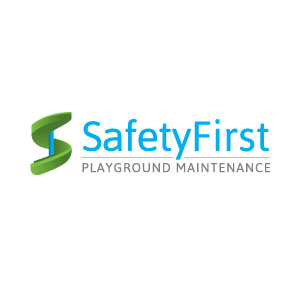Image courtesy of Stuart Miles / FreeDigitalPhotos.net
Here I am at 37,000 feet on a Boeing 787 Dreamliner on route to Narita Tokyo International Airport. The Dreamliner is an impressive piece of modern technology that could not have even been imagined 40 or 50 years ago but that is another story. Today’s technology and what history has taught us is the story for today.
I have to apologize for what I am probably going to say but my deadline is fast approaching and the level of oxygen at this elevation has brought about some weird thoughts. So, back to my current state of affairs: it is five hours into my flight and I reflect back on my day thus far.
My day started with a robocall informing me the first of three flights commencing at 5:30 AM was cancelled. The reason I was later given was “no crew availability.” The reason given is irrelevant but I bet it was weather related. The weather, regardless of where you live, has been a major story thus far in 2014.
Regardless, the reality of the moment was, “What do I do now?” This notification came about 2 AM through my iPhone United Airlines App. This early morning call was not the first over the past two months. Disruptions to travel plans this winter seem to be a common but unappreciated reality for the regular air traveler. I am not taking my frustration out on the airlines. As a matter of fact I am applauding them for their ability to notify their customers when problems, often beyond their control, take over the situation.
Yes, these kinds of calls are a huge inconvenience but think about our alternatives in the past. There was little or nothing we could do. We lived in the moment and relied on what our paper airline ticket said. Our parents and grandparents probably took the train or bus because air flight was not as predictable or affordable as it is today. Coast to coast or around the world travel was maybe a wanted extravagance but not an absolute necessity. Not so much today.
If we only accept yesterday’s technology and weather patterns as absolute repeatable occurrences, where would we be in the future? It did after all rain and snow in the past. I think even more than this winter of 2014. Most of us cannot even begin to appreciate many of the extreme weather events of the past unless we were actually there.
I can remember a few Chicago winters of the 70s and 80s that were beyond what we have endured thus far in Chicagoland. Mayoral elections were lost over the incumbent’s inability to plow the streets and alleys of Chicago. It must have been the Mayor’s fault it snowed.
I have to admit the winter of 2014 is not over, so maybe this will go down as the worst Midwest winter of recent times, but I cannot look into a crystal ball and say with certainty what will happen next. Technology and our ability to project the future continues to be a work in progress. We have not been able to predict, let alone manage, Mother Nature to any degree of certainty. I doubt we will ever be able to make weather predictions any better than we do now let alone be able to control her ability to wreak havoc on our day to day lives.
Looking back at my career I would have never imagined traveling to the other side of the world to conduct training on public playground management issues. In less than 48 hours I have arrived in Malaysia to do just that. In less than 12 hours I will have overcome the ravages of Mother Nature which put my plans in jeopardy. Thanks to today’s technology my travels have occurred rather smoothly, all things considered. Some of us yearn for the good old days when we only worried about what was right in front of us at that moment. We went with the flow and dealt with whatever Mother Nature threw at us. We have to admit our inability to control her. All we can hope to do is use the technology of today and tomorrow to better cope with her unpredictability and be prepared for the worse.
Each and every day we use technology to cope with the trials and tribulations of everyday life. Why are some still reluctant to accept the technological advances in society? While we cannot control the future, we can learn from history and look for trends and assess our options to prepare for the future, whatever it may bring.
To change the subject from the probability and predictability of the weather to our ability to understand the probability and predictability of injuries on the playground, we can agree on one universal truth. Weather and accidents will both happen with a certain probability of certainty. The extreme occurrences our outliers from the norm will continue to be the attention grabbers.
The National Oceanic and Atmospheric Administration (NOAA) and the US Consumer Product Safety Commission (CPSC), while different in their specific mission, have both been compiling an historic perspective related to their individual missions: weather and consumer protection. We think of NOAA being around from the early 1970s, but its roots go back to the early 1800s.
So how has their long history helped us predict the weather? Most would probably answer not very well, but in fact it has helped us in our day to day lives in incredible ways. We seem to only dwell on those outliers I spoke of a moment ago. We cannot help but focus on the sensational.
We in the US have been blessed with many organizations that help us live our lives in a more safe and predictable fashion. The US CPSC has more than a 40 year history of looking out after the consumer through gathering and analyzing injury data. When it comes to consumer protection, no other country comes close to their record. As flawed as some believe this injury data gathering system is, the data and its analysis remains.
I keep thinking of the saying, “The more we know, the more we know we don’t know.” It is time we use the technology of today and the historic reality from where we have come to change for the benefit of society and specifically our children. What we choose to with regards to our consumer safety recommendations and industry standards will continue to have a ripple effect on other countries.
The international community is beginning to speak the same universal language when it comes to children’s play spaces - Playgroundese. We are finding common ground that should benefit the development of all children. The element of risk and challenge experienced during children’s free play are fast becoming developmental imperatives for their future. While we may not all agree on how we put all the terms of Playgroundese into practice, we are at least beginning to understand each differing point of view. Understanding opposing points of view is important to eventual compromise.
I think the time is right for convening an international conference on children’s right for free play that addresses the conflicts between those who wish to mandate the safety of all children in all circumstances against those who wish to remove all rules and regulations which might restrict any child’s access to play opportunities based on an assumption of unreasonable risk.
The ability of society to rationalize and accept the outcomes, good and bad, of a child’s reasonable foreseeable misuse versus the reality of possible outcomes is fast becoming the question of the day. Many of us responsible for these free play opportunities consider unreasonable use or misuse coupled with the legal liability climate in the USA, is the real “Elephant in the Room.” Generally speaking, nobody really wants to talk about it. We seem to be more willing to allow whatever is going to happen, happen.
Going back for a moment to my weather analogy, it is sort of how our parents and grandparents lived their lives when it came to the weather. They more than likely just went to bed, woke up each and every morning, and saw what they had to deal with.
Research and history continue to point out the importance of risk and challenge in child development. What this information cannot tell us is the unsettling, unpredictable, and unknown. It is not if a child’s actions will result in an unfortunate serious injury, but when? Will it happen on my playground or yours?
Accepting the fact that children will be children, how do our public agencies responsible for creating and managing these unsupervised play opportunities rationalize the liability exposure their taxpayers face if and when a child goes beyond their abilities and is seriously injured. To put this in context to the uncertainty of our weather, what do you do when the tornado or tsunami warning system goes off? Sit in your home and look out the window waiting for what might happen or do you act rationally given what history has taught us and take appropriate evasive action. Measuring or adjusting the scale between risky play and safety regulation has proven to be a bit more complicated.
Children deserve our thoughtful consideration when it comes to their safety and developmental needs. Continuing this discussion on the benefits of risk versus safety regulation is a necessity. Those in charge of regulation and its enforcement have a duty that should not be taken lightly. Likewise parents and the children should not take lightly their own individual responsibility for the consequences of their actions.
Image courtesy of Stuart Miles / FreeDigitalPhotos.net
















